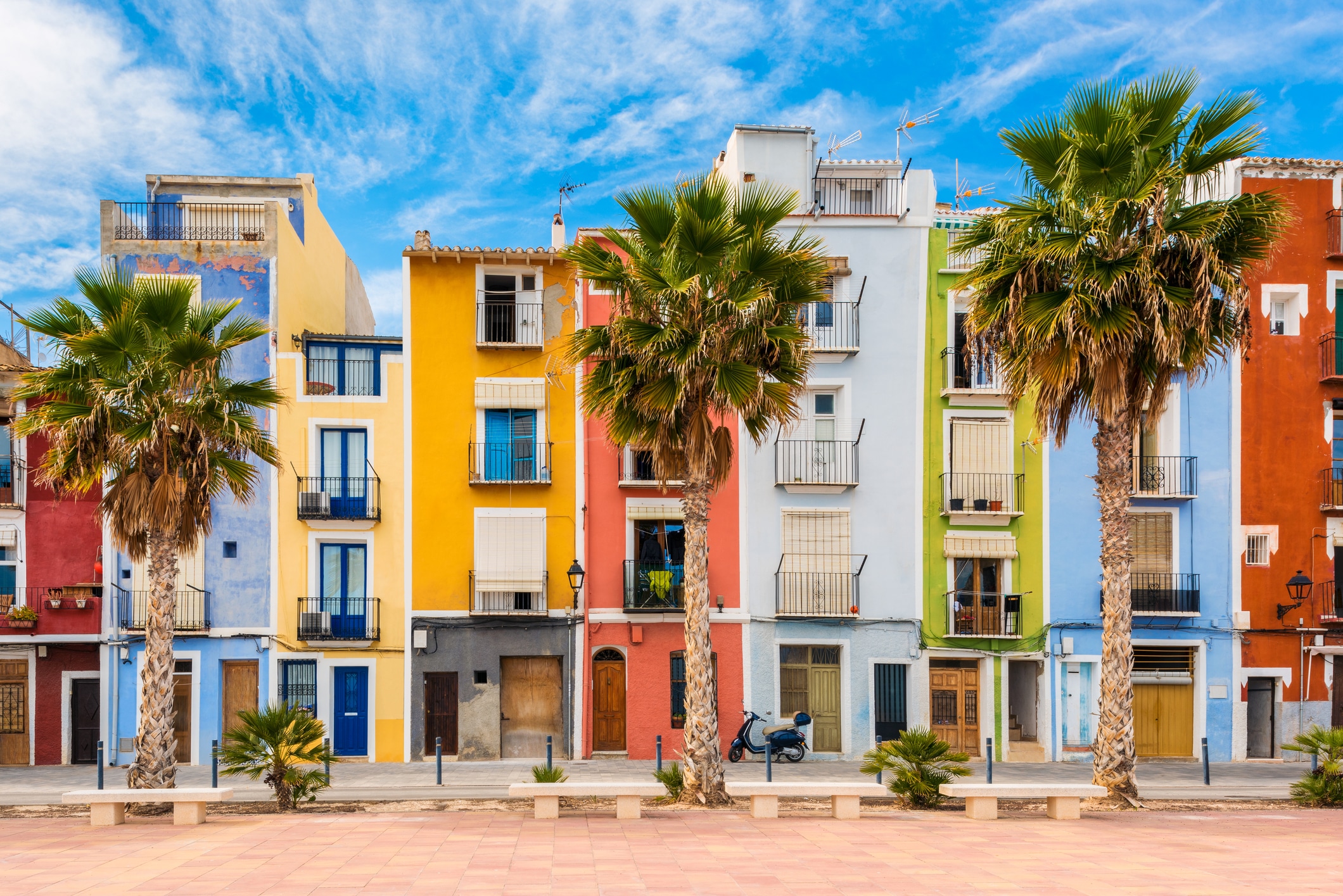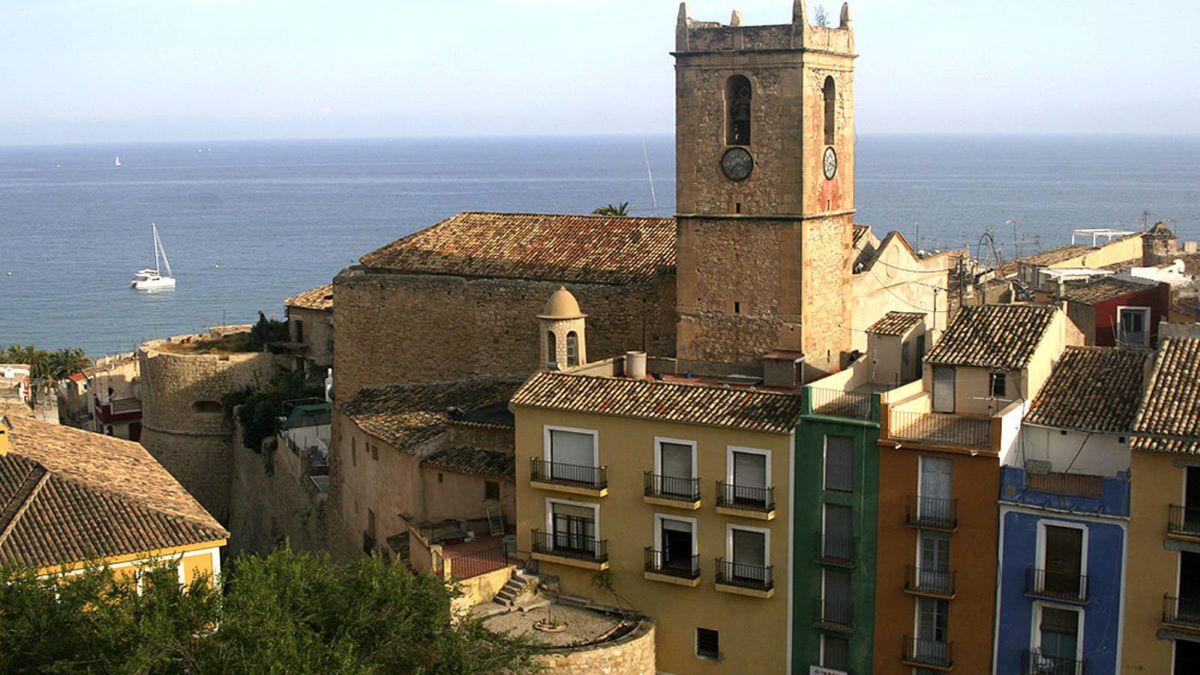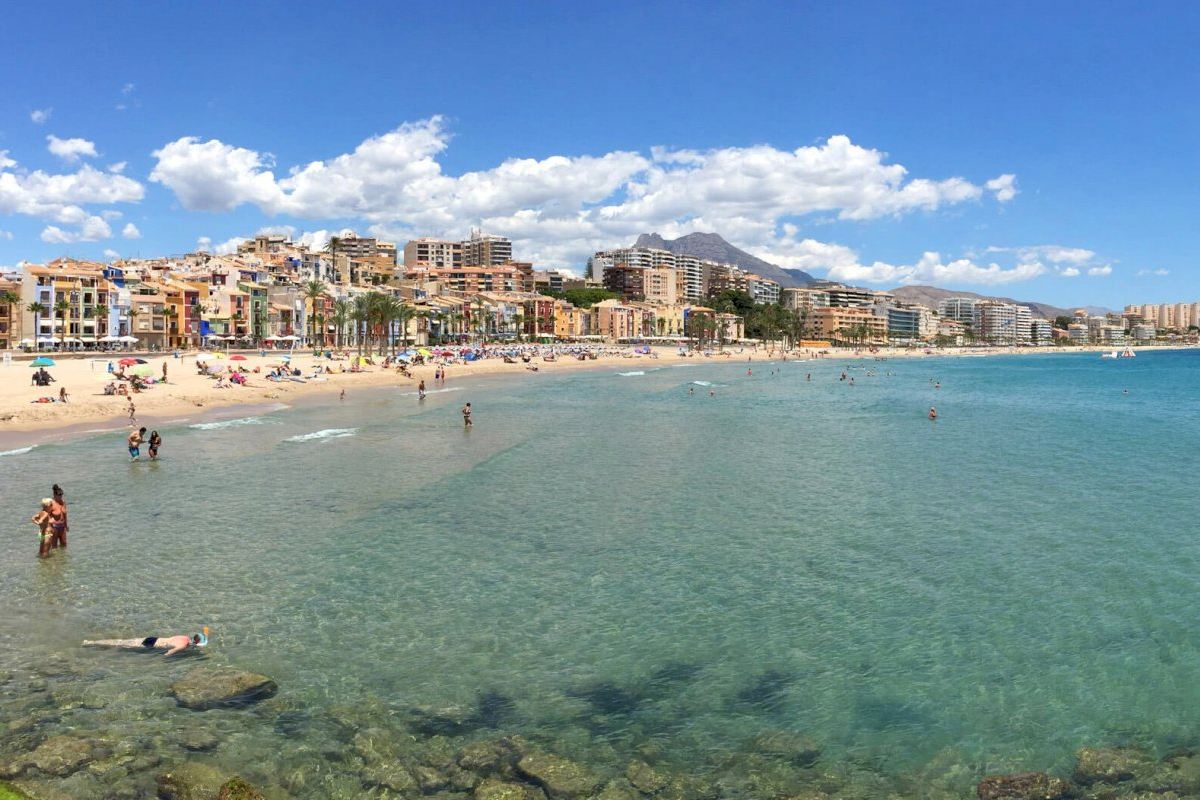
Image | Traveler
This summer many people have chosen destinations within Spain to enjoy a well-deserved vacation. Many have been those who have opted for sea and beach locations that are not so crowded, especially in the circumstances in which the country is due to the coronavirus. Villajoyosa, on the Alicante Costa Blanca, is one of the municipalities that meets these requirements, unlike other towns in the province more traditionally related to mass tourism.
In the following post we enter this historic capital of the coastal region of the Marina Baixa with a lot of Mediterranean, seafaring and commercial flavor. Can you come with us?
Where is Villajoyosa?
Located between Benidorm and El Campello, this town whose streets smell like chocolate and are dotted with colorful houses is characterized by its discreet and quiet tourism. The 15 kilometers of coastline of its municipal area, its more than ten beaches and its model of responsible urbanism make Villajoyosa the counterpoint to the bustle of other nearby tourist towns.
What to see in Villajoyosa?
Casco Antiguo (Old Quarter)
The old town is located on a hill that was once an Iberian city that is often identified with the Alonis of the classic texts. Later, Villajoyosa acquired its current name when Bernat de Sarriá reconquered it in 1301 from the Muslims. A place name was then sought with a clear objective of repopulation whose name evoked joy to try to attract people to a recently reconquered and unstable surrounded area. In the Vilamuseu on Calle Colón 57 you can learn much more about the history of the town thanks to its collections of Phoenician, Punic or Greek objects and its exhibitions of historical collections.
Inside the historic center, declared a Site of Cultural Interest, it is worth visiting the church of Nuestra Señora de la Asunción (one of the examples of Church-Fortress that exist in Alicante and belonging to the Catalan Gothic style), the walled enclosure, the Torre de Sant Josep (the largest of the three best-preserved Roman funerary towers in Spain) or the Torre Vigía from the XNUMXth century .
Other places of interest are the Villa Giacomina (in a historicist style built in 1920 in the Malladeta area), the Sant Josep tower (a XNUMXnd century Roman funerary monument whose official name is the Hercules tower), the Malladeta sanctuary (of Iberian and Roman origin from the XNUMXth century BC - XNUMXst century AD) or the monumental public baths of Allon.
Traditional chocolate
At the beginning of the post, he made reference to the fact that the streets of this town smell like chocolate and that for several centuries, this delicacy has been one of the hallmarks of Villajoyosa as it is the headquarters of various factories that produce this delicious sweet. The best known is Chocolates Valor (Avda. Pianista Gonzalo Soriano, 13) although it is not the only one since they are also very popular Chocolates Marcos Tonda (Partida Torres, 3), Chocolates Clavileño (Colón, 187) or Chocolates Pérez (Partida Mediases, 1).
They organize guided tours of their own chocolate museums where visitors can learn about the origins of chocolate and how the manufacturing processes and machinery used have evolved.
Quality gastronomy
Valencian is one of the tastiest cuisines in Spain. That of Villajoyosa, in particular, is based on fishing with products such as shellfish, mojama or salting roe and influenced by rice.
In addition to chocolate, another delicious artisan sweet that is made in Villajoyosa is stone nougat. Its creaminess and a touch of lemon make it totally irresistible.
Several local restaurants specializing in the preparation of paella, as well as rice soup, dishes made up mostly of fish. Among them you can find the “arrós amb llampuga”, “arrós amb ceba” and “arrós amb espinacs”. Other typical dishes are "suquet de peix", "els polpets amb orenga" and "pebrereta". But among these the most prevalent in this town is the “caldero de peix”.

Image | Vanitatis
Colorful and hanging houses
Villajoyosa has traditionally been a quiet little town of fishermen who embarked to fish. Their families decided to paint the facades of the houses in colors so that the sailors returning home each afternoon could identify their house. Over time it has become a hallmark of the town. From the promenade, strolling along Carrer Arsenal, Carrer del Pal, Pou or Sant Pere we can contemplate this peculiar rainbow.
It is also said that the balconies served as a transmitter of news since, depending on the color of the sheet that was hung from them, the fishermen in the distance could tell if good or bad news was waiting for them.
The beaches of Villajoyosa

Image | The periodic
Villajoyosa has more than ten spectacular beaches to choose from: next to the fishing port is its urban sandy beach although it also has a rustic type with pebbles and sand such as Paraíso or Bol Nou. It is the most extensive and is adapted for people with reduced mobility.
Regarding water sports, if you are interested in snorkeling, you cannot miss Estudiantes, Puntes del Moro, El Xarco, Racó de Conill and L´Esparrelló. These last two are also nudists.
Moors and Christians
But if you want to enjoy this place even more, the best date is from July 24 to 31, when the Moors and Christians festival is celebrated, declared of International Tourist Interest.
Unlike other Moors and Christians festivities, here there is not a parade but rather a naval combat and a landing on the beach. They are celebrated in honor of Santa Marta, patron saint of Villajoyosa, since 1694 because it is attributed to her that years before she appeared to help the people from the attack of the Berber pirates who harassed the area.